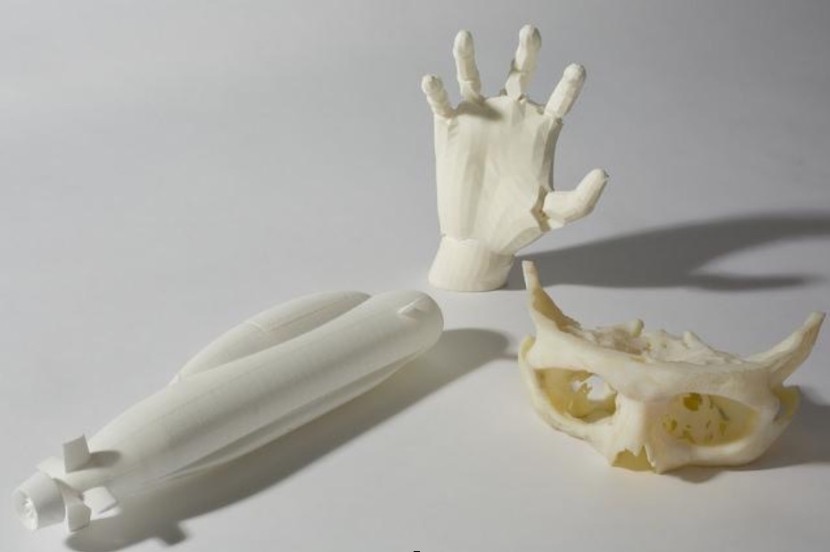
Rapid prototyping technology has revolutionised the medical world. Opening up the process of automated prototyping to a wider industry spectrum has enabled the medical industry to make huge and rapid advancements. Rapid prototypes were initially limited to providing medical designers and doctors with the ability to create physical representations of their design.
Testing their designs for usability, whilst still, a huge benefit is rapidly becoming just one of the many ways medical prototyping is advancing our medical care.
Rapid Medical prototyping combined with CNC machining has now gone beyond the ability to only provide models for shape and feel to be tested. The advancements in the medical world for rapid prototyping technology are seeing many exciting and new discoveries. We are seeing the ability to model human tissue, bone and other anatomical parts fast becoming available to allow surgeons to study complex surgery strategies. This could help to reduce the time, costs and risks involved in experimentation for new medical products and procedures, and will likely see benefits for us all at one time or another.
Reaping the Benefits
The ability to create precision instruments using multi-axis CNC machines provide the repeatability and consistency required by the medical industry. The range of medical devices, models and implants allow for surgical simulation, training and patient management to go far beyond that we have seen in the past. Whilst rapid prototyping is often thought of as part of the 3D printing application, CNC-controlled machines also have a huge part to play in medical technology revolution.
3D computer images have been used for some time to simulate complex surgical procedures and physical processes, but developments in the field of medical device prototyping allows for the images to be fabricated into actual models replicating the virtual image. This is changing dramatically how doctors are able to test and use new surgical techniques. No longer are they risking the lives of experimental patients or commencing with a virtual image test to try out new procedures and devices. With medical device prototypes able to simulate actual anatomical reactions, surgeons are able to simulate realistic reactionary results, create purpose made tools and instruments to carry out the procedures and adapt where necessary to meet a patient's individual needs.
Rapid prototyping also allows easily for design enhancements and new functions without interfering with precision or requiring huge cost or time. Virtual simulation allows minor errors to be predicted before large and costly production runs. However, all of this requires the services of a company equipped to handle the prototype into production cycle - and not all suppliers are equal in the advancements they can offer. Whether it's a one off or large scale run, you need to find the right supplier that can meet your CNC machining requirements.
Dentistry
Dentistry is another area of medicine to benefit from the combined use of 3D imaging, medical prototyping and CNC machining. With the ability to create realistic 3D imaging to identify the patient's treatment requirements, creation of a prototype and then the actual production of the dental products themselves relies heavily on the capabilities of CNC equipment. This is capable of creating the exact product dimensions for individual patients to minimise their discomfort and provide a unique solution to a range of patient needs. Prototyping allows easier understanding of deformities and abnormal growth allowing better insight into the issue and the ability to create a personal solution for the patient.
Conclusion
The advances in medical prototyping is having a hugely positive impact on all areas of the medical profession. Our medical professionals are gaining access to the best testing and training equipment alongside tools and medical devices, bringing better and more assured healthcare to us all.
© 2025 HNGN, All rights reserved. Do not reproduce without permission.








